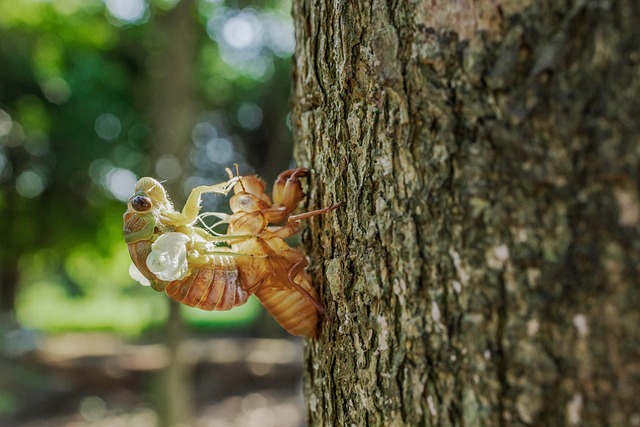Mastering Color Reproduction: A Guide for Photography Enthusiasts
For photography enthusiasts, the magic of capturing a moment goes beyond mere snapshots; it lies in the intricate dance of color reproduction. Every hue, shade, and tint that we see in nature has its own story to tell. Understanding and mastering color reproduction can profoundly enhance our photographic journey, transforming mundane images into vivid tales.
When you hold your camera in hand, you are not just pointing and shooting; you are stepping into the realm of optics, where light meets color. The secret lies in the way our cameras interpret the world. Sensors and lenses work together to reproduce colors as authentically as possible, but sometimes they fall short. This is where your artistry comes into play.
One of the first steps to achieving optimal color reproduction is understanding your camera settings. Familiarizing yourself with white balance is crucial. Different lighting conditions—be it the soft blush of dawn or the harsh glare of midday sun—affect colors significantly. Experimenting with manual settings allows you to counteract lighting inconsistencies and restore the vibrancy of colors in your images.
Your choice of optics can also dictate how colors are rendered. High-quality lenses tend to provide richer and more accurate colors due to superior glass quality and coating technology. Investing in a solid lens can elevate your work, helping you to achieve a more true-to-life representation of your subject.
Post-processing is another essential phase in the journey of mastering color reproduction. Software like Adobe Lightroom or Photoshop allows photographers to manipulate saturation, vibrance, and overall color balance. However, it’s important to tread lightly in this phase; over-processing can lead to unnatural looks that distract from the raw beauty of the original image.
Color theory plays a significant role too. Understanding complementary and analogous colors can help in composing shots that are not just pleasing to the eye, but also tell a vibrant story. When you juxtapose warm and cool tones or use neutral backgrounds to make colors pop, you’re engaging the viewer on an emotional level.
Additionally, paying attention to the natural palette around you can inspire creativity. Notice how colors interact in the world—whether it’s the golden glow of a sunset reflecting off the water or the striking contrast of flowers blooming in a lush green meadow. Learning to see colors as they exist in nature enhances your ability to reproduce them in your photography.
Finally, practice is the cornerstone of mastering color reproduction. Go out with your camera and explore different environments and lighting conditions. Capture scenes and compare how different settings affect the colors in your images. With time, your eye will become trained to perceive subtle variations in color, leading to powerful photographs that resonate with emotion and depth.
Embarking on the journey to mastering color reproduction is both a personal and artistic challenge. As you refine your skills and deepen your understanding of photography, your ability to convey emotions through color will only enhance, bringing your creative visions to life. Let each click of the shutter be a step towards uncovering the vibrant stories that colors have to tell.


